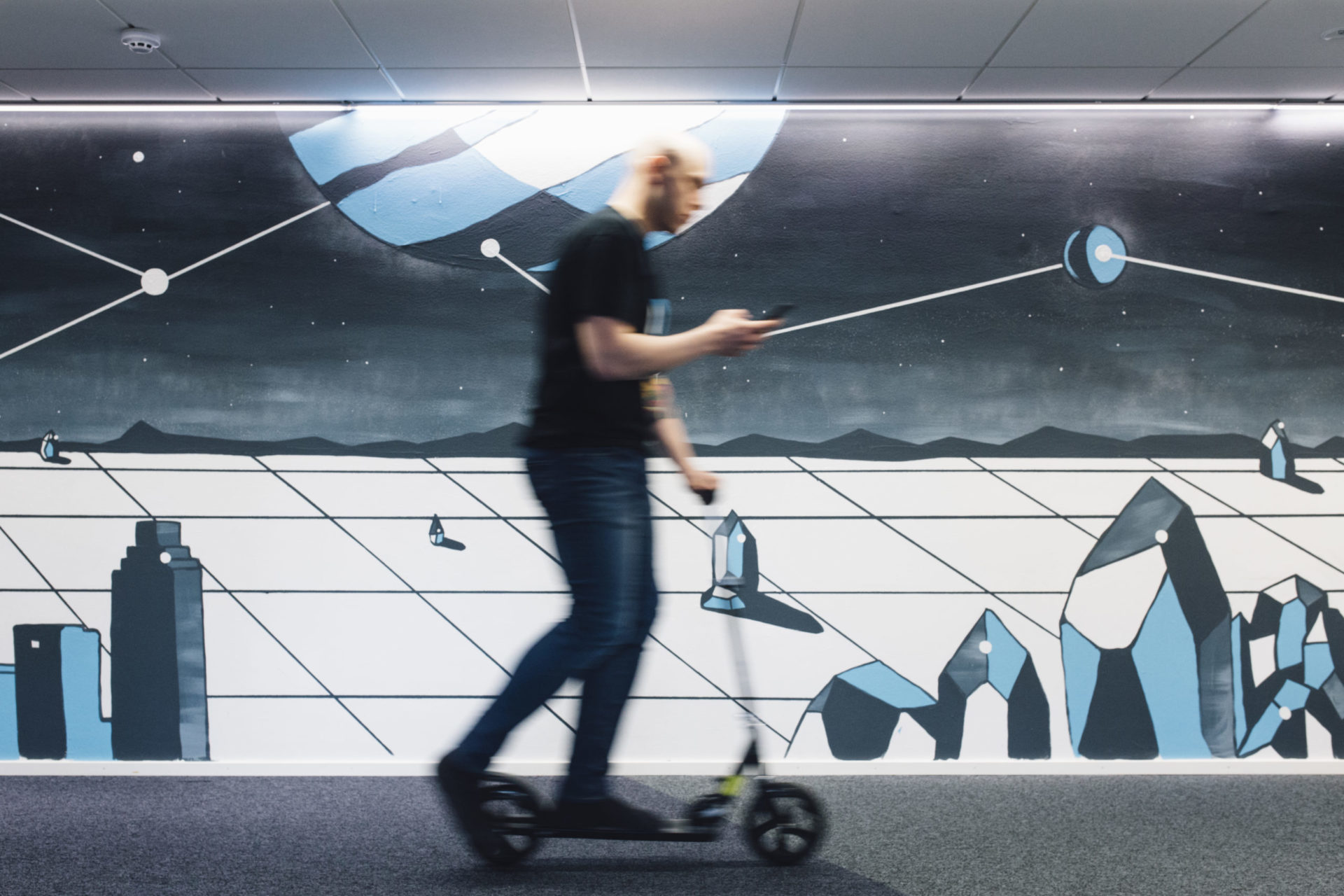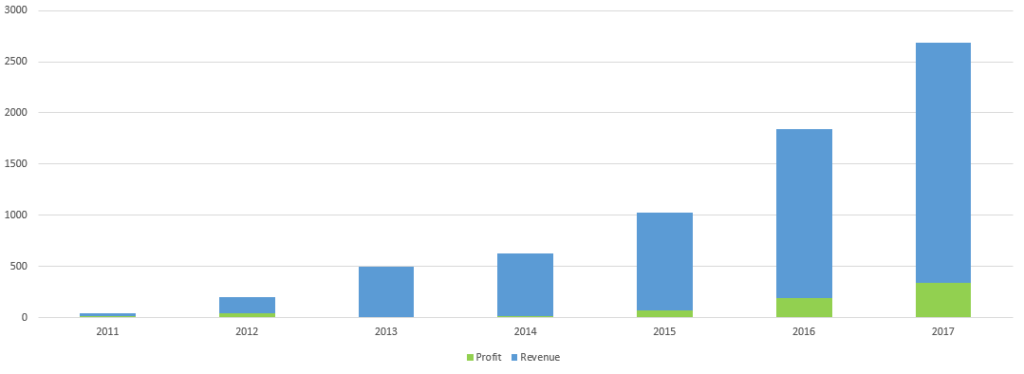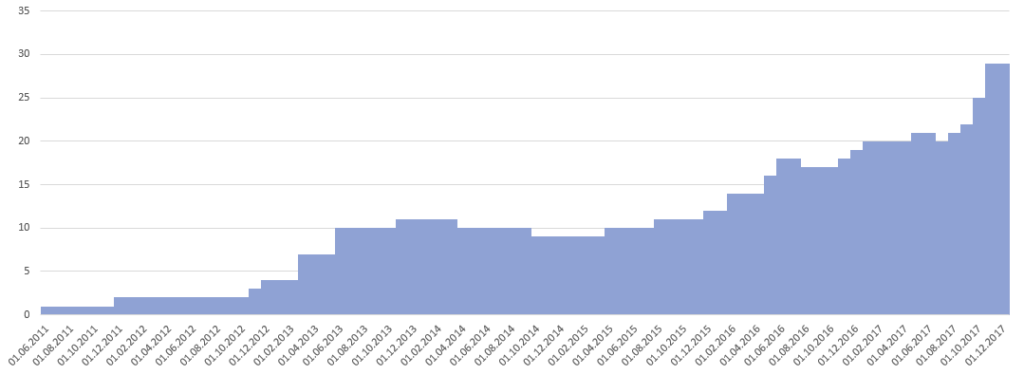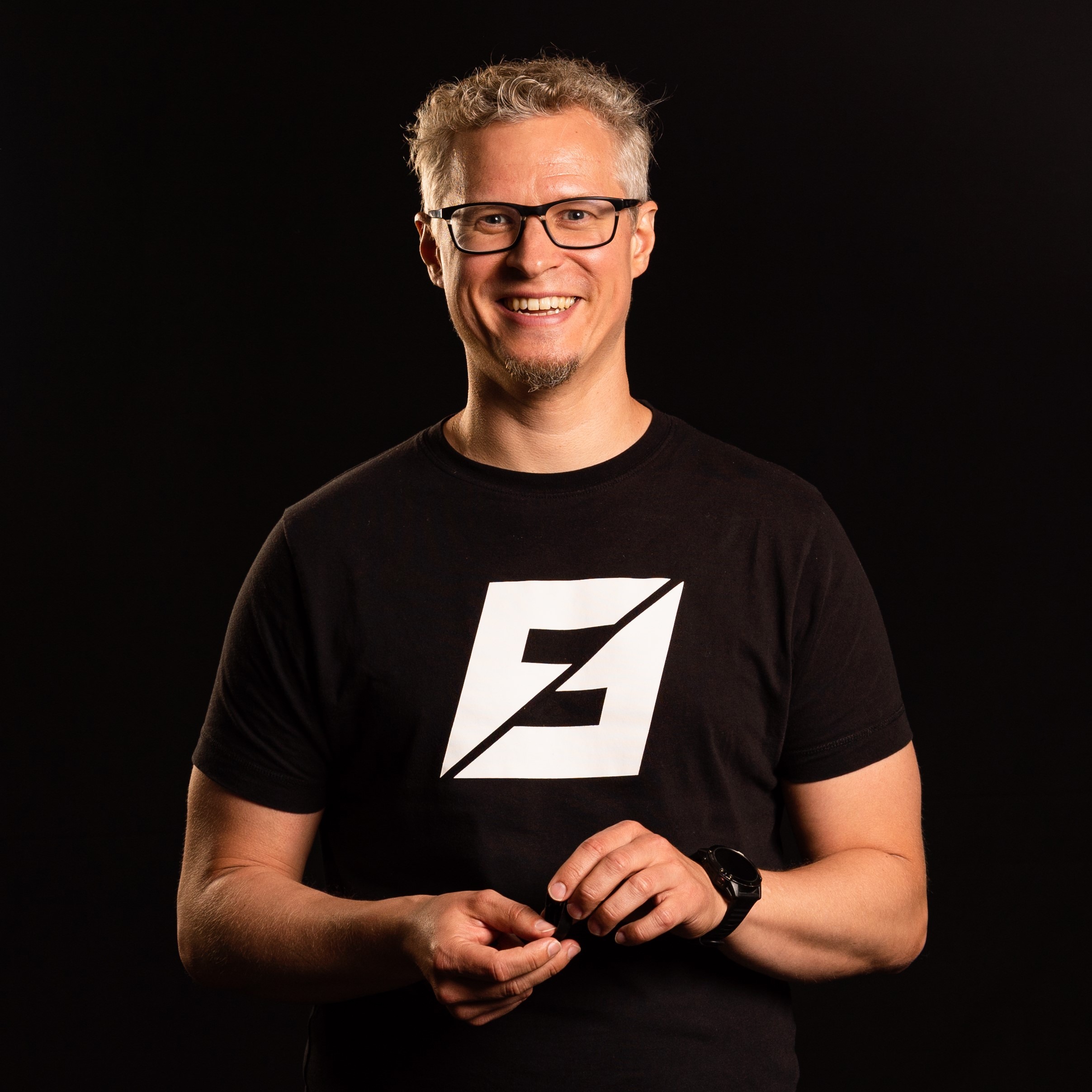- News
#Zure
Congrats, re-awarded Microsoft MVPs!
- 11/07/2024
Reading time 1 minutes

Table of Contents:
Overview from the blog post a year ago:
Result: 6/6, “great year”
P.S. We’ll naturally continue working further on these themes, but now and then it feels good to think that at least some milestone has been reached. There’s a long road ahead us especially with the awareness.
In the first half of 2017 we celebrated our new office.

Everything’s well in Praha in August 2017.

It is hard to drum without the electric drums.

Slack’s Foosball bot’s ELO rating shows that Juval is the sovereign.

We diversified our apparel.

The basic drug needs must be met.

Our turnover for 2017 was 2 684 000€, resulting in a growth of 46%. Turnover grew nicely, which of course relects to the growth of the market as well. Market growth was also illustrated by Microsoft’s own notice that their goal of $20B was reached earlier than anticipated.
We again took part in Deloitte Technology Fast 50 Finland -competition. This time we ended at the 20th position with the result of 271%. That denotes the growth between 2013 and 2016. Last year we were 9th. This year we might end up a couple of positions higher than last year. Kauppalehti also placed us in the 2017 Winners- and Growers-lists.
Our profit was 336 000€ after taxes, growing by 73% since last year. Profit was 15,9%, when last year it was 13,4%. Again this does not include the 20% of profit paid as bonus to company personnel. We’re happy with the result, since with this we can again invest into company culture and growth.
We had 11 experts join us in 2017:

Read about them on the people page.
Our company structure remained flat and burecracyless. 27 out of 29 personnel work with customers, while the rest (Annika and Markus) take care of the rest of us. We are happy with the flat nature of our company, and don’t see that changing much in the future.


| 2011 | 2012 | 2013 | 2014 | 2015 | 2016 | 2017 | |
|---|---|---|---|---|---|---|---|
| Turnover (1000€) | 42 | 202 | 497 | 624 | 1025 | 1844 | 2684 |
| Turnover growth % | – | 281 % | 146 % | 26 % | 64 % | 80 % | 46 % |
| Profit (1000€) | 17 | 40 | 1 | 12 | 66 | 194 | 336 |
| Profit % | 55 % | 27 % | 0 % | 3 % | 8 % | 13 % | 16 % |
| Personnel (avg) | 1 | 2 | 9 | 9 | 11 | 16 | 22 |
| Turnover per person (1000€) | 42 | 101 | 55 | 69 | 93 | 115 | 122 |
Karl, Okko and Jaakko run our cloud advisory, established 15 months ago. Our advisory business started stronger than anticipated, and it is clear that there’s demand for our capability at creating value out of Azure this way as well. Our consultants are fully employed and the business is profitable. The sales process functions well through well-defined service products.
The consultants are also responsible for our training offering.
We launched our Data Science-offering in 2017 H2, based on the visible needs at our customers. The expertise was strengthened when we brought in Lauri Lehman in November. Lauri has a PhD in quantum physics, and he is very interested in improving business and decision making through data.
Just before last summer our UX and visual design got a boost when Joona Puurunen, our new Creative Director, joined us. He has over 10 years of experience in visual and user experience design. We wanted Joona because his minimalist take on the user experience pleases us. He’s also done wonders with our brand already.
In 2017 we also started offering Microsoft Azure environments as a CSP-partner. We’re at the highest tier at Tier 1 on CSP. In Finland, there are only a couple of us at Tier 1. Juval manages our continuous services, containing both the traditional application as well as the new CSP maintenance processes.
In 2017 we productized our business in a commendable manner – at this moment we have 18 fixed price service products from cloud governance and code audits to machine learning and improving DevOps-activities.
As can be imagined from the global Azure growth mentioned earlier, the maturity of the Azure PaaS-development has risen to a new level again last year. All in all, Microsoft is not slowing down with their cloud focus…
The ongoing megatrend on the “data visibility” came to fore with us through different kind of integration/data platform projects. The issues with “data visibility” surprise nobody: the bigger the enterprise, the more there are invisible, siloed data. Gartner has been hyping about “Integration Platform-as-a-Service” lately in this space, and for us this has been one of the technical enablers.
In Azure, there are several products that can help in building the IPaaS capability. Especially Azure API Management and its peripherals of Azure Data Lake and Azure AD (Active Directory) were heavily used by us in 2017.
Azure’s “traditional” PaaS building blocks of Azure App Service, Azure CosmosDB (DocumentDB), Azure Service Bus and Azure Search reached a highly stable and trustworthy level. Naturally Microsoft offers SLAs to all products with General Availability, but the older services have more development iterations under them.
The customer feedback together with the rapid cycle of releases have resulted in high quality products. The reliability has also risen organically since our kind of developers have gained more experience and are thus able to use Azure products more optimally.
At the same time, a bit more rarely used Azure PaaS-products, like the IoT-stack (IoT Hub, Event Hubs, Stream Analytics) and the products related to “serverless” ideology (e.g. Azure Functions, Logic Apps), reached a new level of usability in 2017.
Serverless products are known for being costless if there’s nobody using the system. Of course the mentioned products were already in use in 2016 (with strong hype as well), but in 2017 many of the mentioned products received either the tooling required by professional software development or the features required by the common business use cases.
Last year (and this year again) Microsoft has put a strong emphasis on Artificial Intelligence. Azure’s Cognitive Services, referring to the easily provisionable artificial intelligence services, were extended, and some of them even gained the capability of being taught by the customer’s own data.
Azure Machine Learning, the product wherein the user is able to create and run their own training and predictive models, also received new development tooling and processes.
How should one track the growth of company brand awareness? There’s a dilemma.
I guess the main thing is that there’s enough both of work and of related experts to do that work. Still, can’t help but feel that we could have done better, especially when looking at our marketing costs. They were 2,3% of our turnover, which, according to the marketing and business theory, is “laughably low”.
How did we raise our brand awareness:



Thank you for reading our analysis of year 2017! Next week we will publish the goals for year 2018, so welcome to read those as well 🙂
Was there something else on your mind?
Call or visit, Sakari Nahi (+358 50 369 7782) [ Kompozure people and contact info]

Our newsletters contain stuff our crew is interested in: the articles we read, Azure news, Zure job opportunities, and so forth.
Please let us know what kind of content you are most interested about. Thank you!